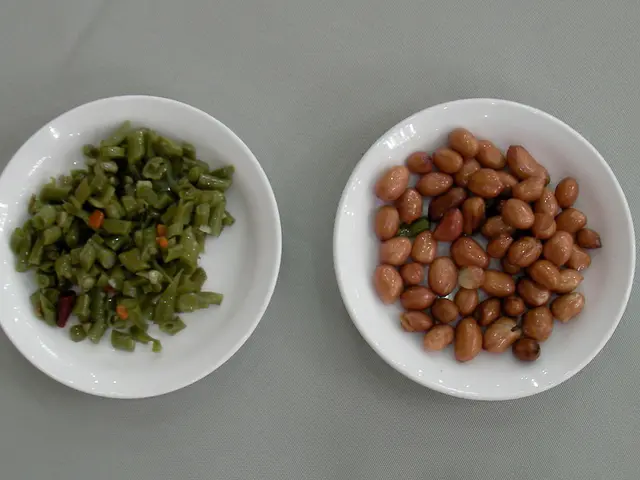Tennis Legend Monica Seles Partners with Immunology Company and Opens Up About Living with Myasthenia Gravis
9-time Grand Slam tennis victor Monica Seles publicly discloses her diagnosis with myasthenia gravis
Monica Seles, a nine-time Grand Slam champion and inductee into the International Tennis Hall of Fame, has announced a partnership with argenx, an immunology company headquartered in the Netherlands, to promote their Go for Greater campaign. This collaboration comes as Seles opens up about her personal battle with Myasthenia Gravis (MG), a chronic autoimmune neuromuscular disease.
MG, a condition that affects voluntary muscles, is characterized by muscle weakness and fatigue that worsen with activity. Common symptoms include drooping eyelids, muscle weakness increasing with use, double or blurred vision, difficulty speaking, chewing, swallowing, and breathing, facial paralysis, generalized body fatigue, and difficulty walking, especially upstairs or climbing. These symptoms are a reflection of weakness in voluntary (skeletal) muscles caused by disrupted nerve signals.
The cause of MG is primarily an autoimmune reaction, where the immune system produces antibodies that attack acetylcholine receptors at the neuromuscular junction, impairing communication between nerves and muscles. The thymus gland may also play a role, as it may be abnormal or contain a tumor in some cases. MG most commonly affects women under 40 and men over 60 and is rare in children.
Treatment for MG focuses on improving nerve-muscle communication, suppressing the immune response, and removing pathogenic antibodies. Medications such as cholinesterase inhibitors and corticosteroids and immunosuppressants are commonly used. Surgical and procedural options, like thymectomy and plasmapheresis, are also available, and emerging targeted therapies offer additional options, especially in severe or resistant cases.
Seles, who won her first major trophy at the 1990 French Open and played her last match in 2003, has been open about her diagnosis with MG, which she received three years ago. She first noticed symptoms while playing tennis, such as missing balls and experiencing double vision and weakness in her arms and legs. Seles characterizes her health issues as another "reset" in her life, comparing her life adjustments to adjusting to a bouncing ball, suggesting that she is continuing to adapt to her current situation.
Seles is speaking publicly about her diagnosis with MG for the first time ahead of the US Open, which starts on August 24, to raise awareness about the condition. She hopes to inspire others who may be experiencing symptoms to seek help and receive a diagnosis. Seles moved to the US as a young 13-year-old, leaving her family and not speaking the language, and became famous and had to deal with the attention and changes that came with it when she became a great tennis player at the age of 16. Seles returned to competition at the 1995 US Open, 30 years after her first appearance, and made it to the final.
In addition to her partnership with argenx, Seles is also mentoring young tennis players, guiding them through their own journeys in the sport. Seles's resilience and determination, both on and off the court, continue to inspire many.
- Monica Seles, a tennis legend and nine-time Grand Slam champion, partners with argenx, an immunology company, to promote their Go for Greater campaign while opening up about her battle with Myasthenia Gravis (MG), a chronic autoimmune neuromuscular disease.
- Treatment for MG focuses on improving nerve-muscle communication, suppressing the immune response, and removing pathogenic antibodies, with medications like cholinesterase inhibitors and corticosteroids commonly used.
- Seles, diagnosed with MG three years ago, characterizes her health issues as another "reset" in her life, comparing her life adjustments to adjusting to a bouncing ball, suggesting that she is continuing to adapt to her current situation.
- Seles, now a mentor for young tennis players, hopes to inspire others who may be experiencing symptoms to seek help and receive a diagnosis, just as she moved to the US as a young teenager, left her family, and overcame language barriers to achieve success in her sport.







